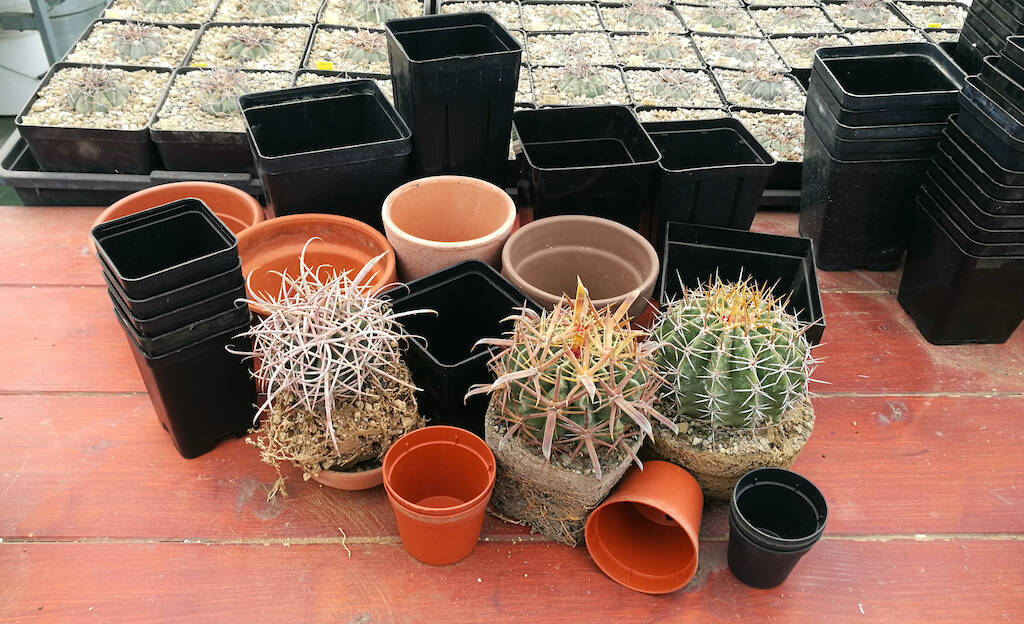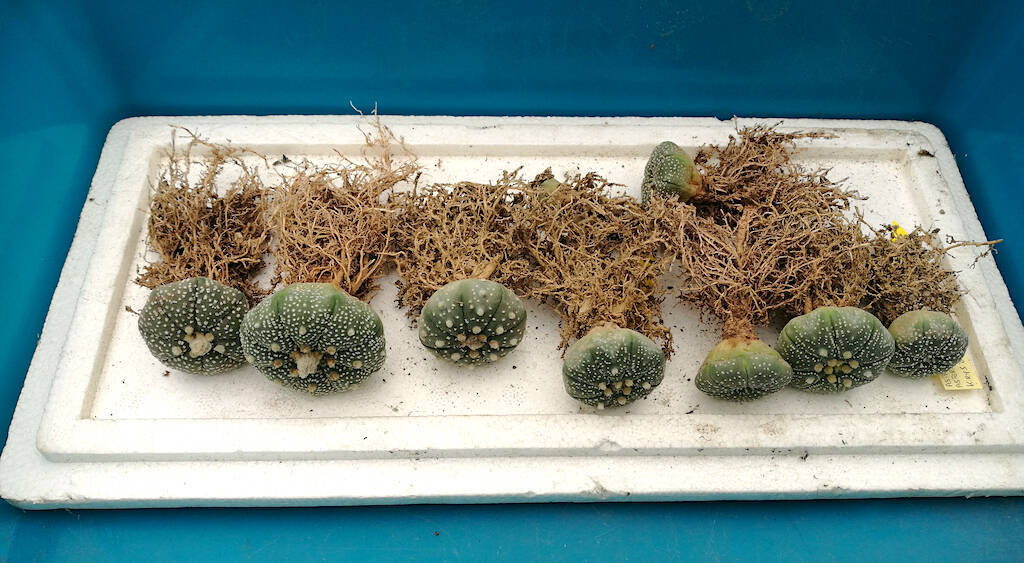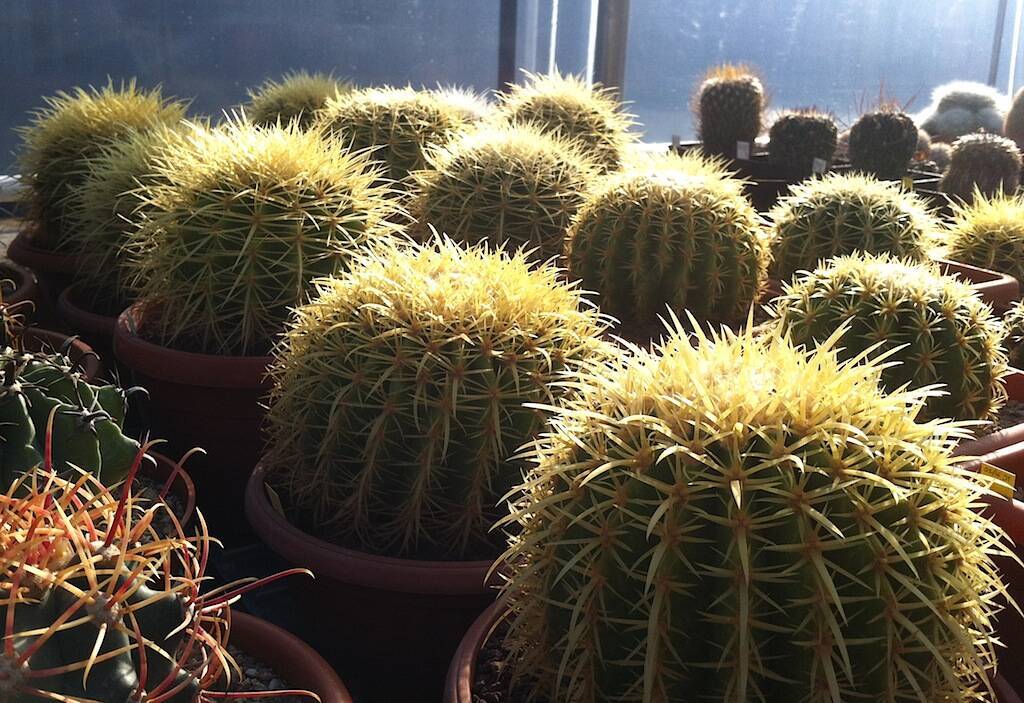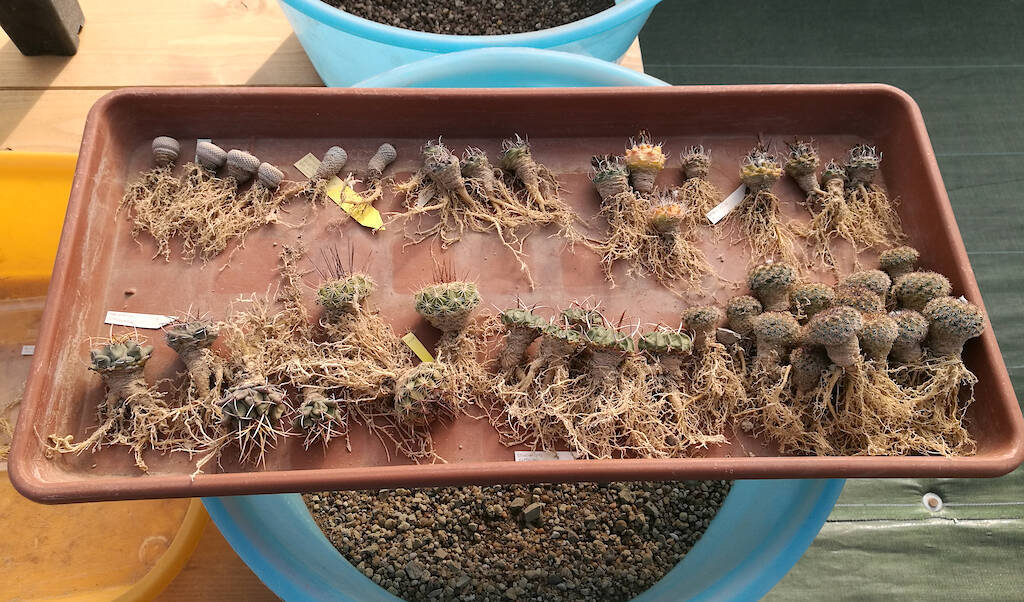Plastic or terracotta pots? Round, square, shallow or deep? And then again: is it better to have one plant per pot or several plants in one box or in a large bowl? At first glance, the subject may seem trivial, but the choice of the right vase for growing cacti and succulent plants has an undeniable impact on the consequence of the cultivation. The choice of the right pot, it can be said, is indeed closely related to the type of cultivation we adopt for our plants (indoors, on a balcony, in a greenhouse, in the open air, etc.) and to the various elements that characterize it, such as watering, type of substrate, exposure, temperature, and much more.
Net of purely aesthetic and therefore personal choices, let’s see how to choose the right containers for succulents’ cultivation, evaluating the pros and cons of the various shapes and materials with which the pots available on the market are made. (…)






